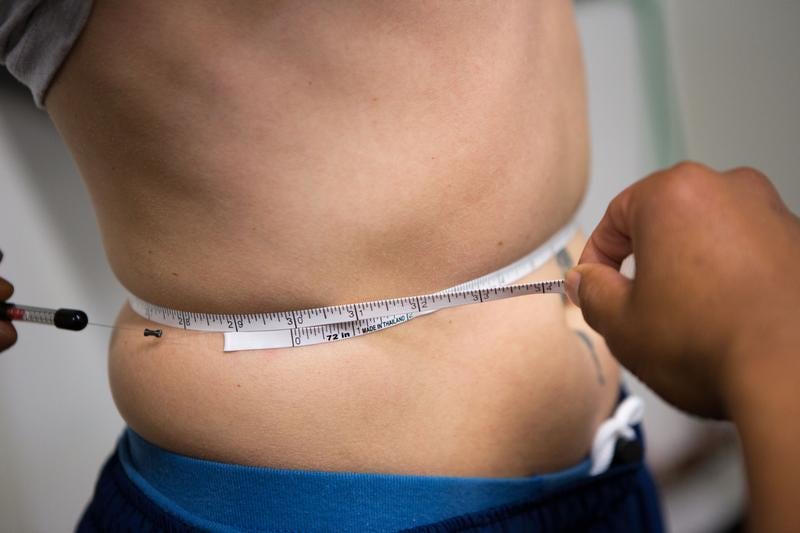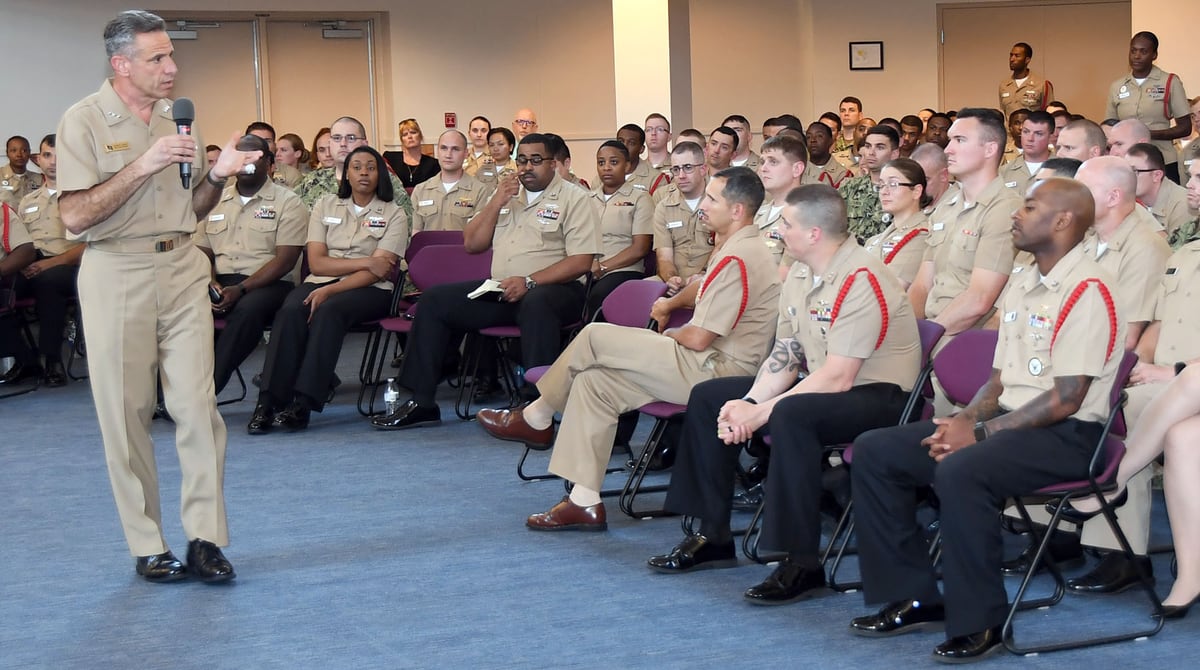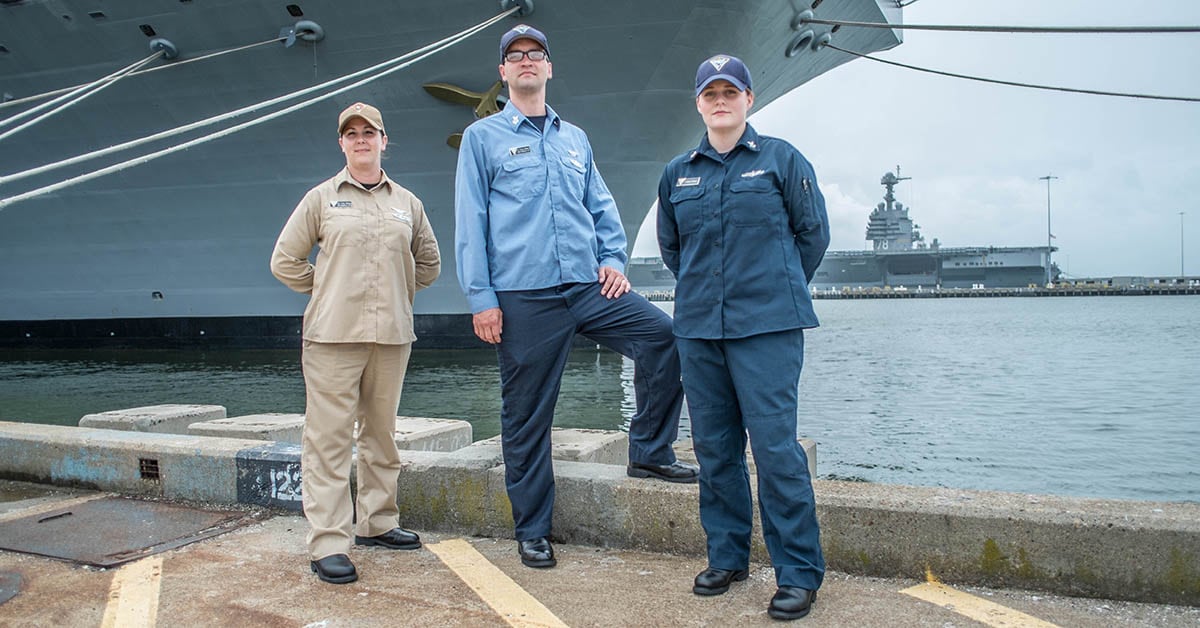More money and more personnel but also new challenges from rising rivals in the western Pacific, Europe and the Persian Gulf. More changes to your leadership inside the Navy and at the Pentagon. And more innovations that promise to transform the ways the nation’s premier maritime service recruits, trains and retains its sailors.
Sailors, to usher in the new year we’re counting down the 19 stories we think you should monitor in 2019.
Here come 19, 18, 17 and 16, so buckle up!

19. GI Bill changes
Earlier this year, the Pentagon changed the rules for troops who want to transfer their Post-9/11 GI Bill benefits to their dependents.
Most notably, the new policy will end transfers for service members who have been in uniform longer than 16 years, starting in July 2019.
It also immediately put an end to previous exceptions that have allowed certain service members with more than 10 years in uniform to transfer the benefit without committing to serve four more years, including those who were unable to continue serving because of mandatory retirement or high-year tenure.
DoD officials have said the changes are “to more closely align the transferability benefit with its purpose as a recruiting and retention incentive.”
Officials said the policy change will impact about 9 percent of the total force.
The changes have been hotly contested by lawmakers and veteran advocates, and, after pushback, Defense Secretary Jim Mattis announced in September that none of the changes would apply to wounded warriors.
Active-duty sailors who have earned a Purple Heart are now allowed to transfer their Post-9/11 GI Bill benefits to their family members whenever they want.
More recently, Sen. Cory Booker, a New Jersey Democrat, has introduced legislation to scrap DoD’s changes altogether and open GI Bill transfer to veterans who did not have dependents while on active duty.
Meanwhile, long-serving sailors who want to transfer their GI Bill benefits to a spouse or child should plan on doing so before the July deadline kicks in.

18. A better tape test
The Pentagon expects to decide on changes to the dreaded tape test by next summer, potentially overhauling one of the main ways it evaluates sailors’ fitness and body composition.
For more than a year, the Defense Department has been working with the services on ways to better calculate the body fat composition of service members, which for a generation has mainly involved a tape test that relies on several key measurements of body size and height-weight proportions.
The tape test has been widely criticized as an inaccurate method that unfairly penalizes people with certain body types.
Failure to meet the services’ body composition standards can result in involuntary separation.
“The department is actively working closely with the services on this issue and we expect to have results we can discuss in late spring or early summer,” said Pentagon spokeswoman Lt. Col. Carla Gleason.
Other options could include using MRIs, water displacement or CT scans, methods that are more accurate but also more costly and gobble up more time.

17. LinkedIn, for the Navy
The Navy is expected to debut a new “Detailing Marketplace” system in mid-2019, with sailors in some ratings getting the chance to negotiate orders and assignment perks on their smartphones and desktop devices.
Describing it as “LinkedIn for the Navy,” Vice Adm. Bob Burke, the Navy’s top personnel officer told Navy Times that it’s all part of an ongoing effort to string multiple personnel databases together to better guide sailors through their careers.
“It will know who the sailor is and have the ability to use that information to help them better manage their careers,” Burke said.
The Navy spent the latter half of 2018 testing the new technology on both desktop and mobile devices for the aerographer’s mate rating, what Burke called a “war game” to try out the new technology.
Burke said that the Navy has been using “real data and sailors will be able to test functions and negotiate for money, advance to vacancy, geographic stability, educational opportunities — all those things — just as if they’re doing it for real.”
Officials are gathering data from the ongoing tests to refine the system for 2019.
“Major muscle movement parts will be in place April or May 2019 to support this,” Burke said. “Then we’ll commence a rating-by-rating rollout because we won’t be able to do it all at once as that would just be too difficult.”

16. An end to the uniform madness
Nearly two decades of uniform changes should end in October of 2019 when the “Blueberry” Navy Working Uniform will no longer be authorized for wear.
That’s also the date when all sailors will be required to own and maintain two sets of the green Type III uniform.
The transition officially started Oct. 1, 2017 when recruits were issued new uniforms at boot camp in Great Lakes. By early 2018, the Navy Exchange announced it was scrapping a phased two-year roll out for the uniform and made it available in every shop.
All sailors will see the second year of a two-year plus-up in their annual clothing replacement allowances to pay for the uniforms.
Still undecided is what sailors will wear at sea. The Navy began issuing the new “Improved Fire Retardant Variant” coveralls this year. Considered command-issued “organizational clothing,” Big Navy foots the bill.
But officials say that 84 percent of sailors in fleet focus groups demanded a two-piece version to wear. Initial testing of the prototype ended in September and drew poor reviews, with many sailors advocating for a fire retardant NWU Type III style of uniform.
Navy leaders will make up their minds in 2019.





